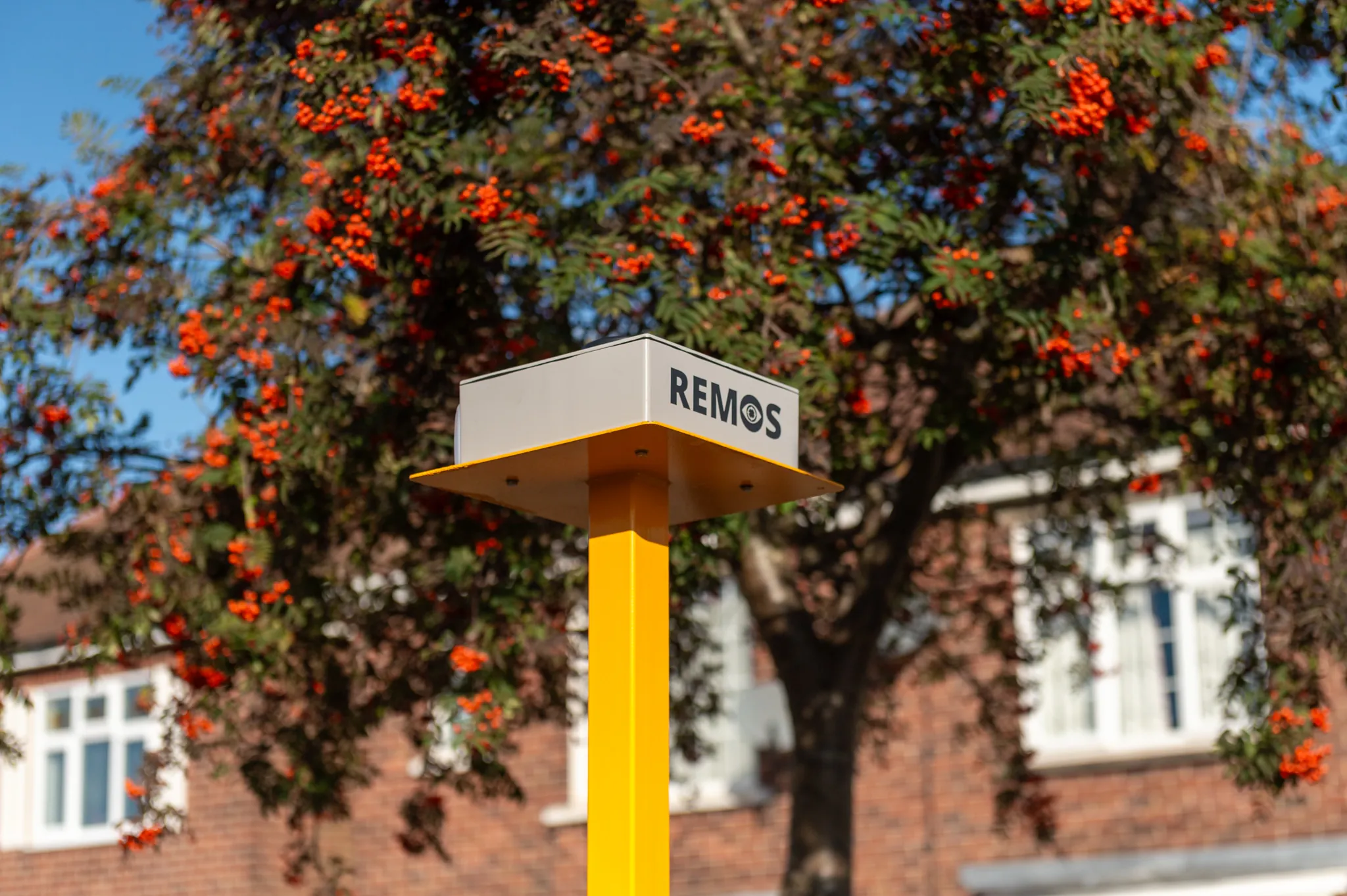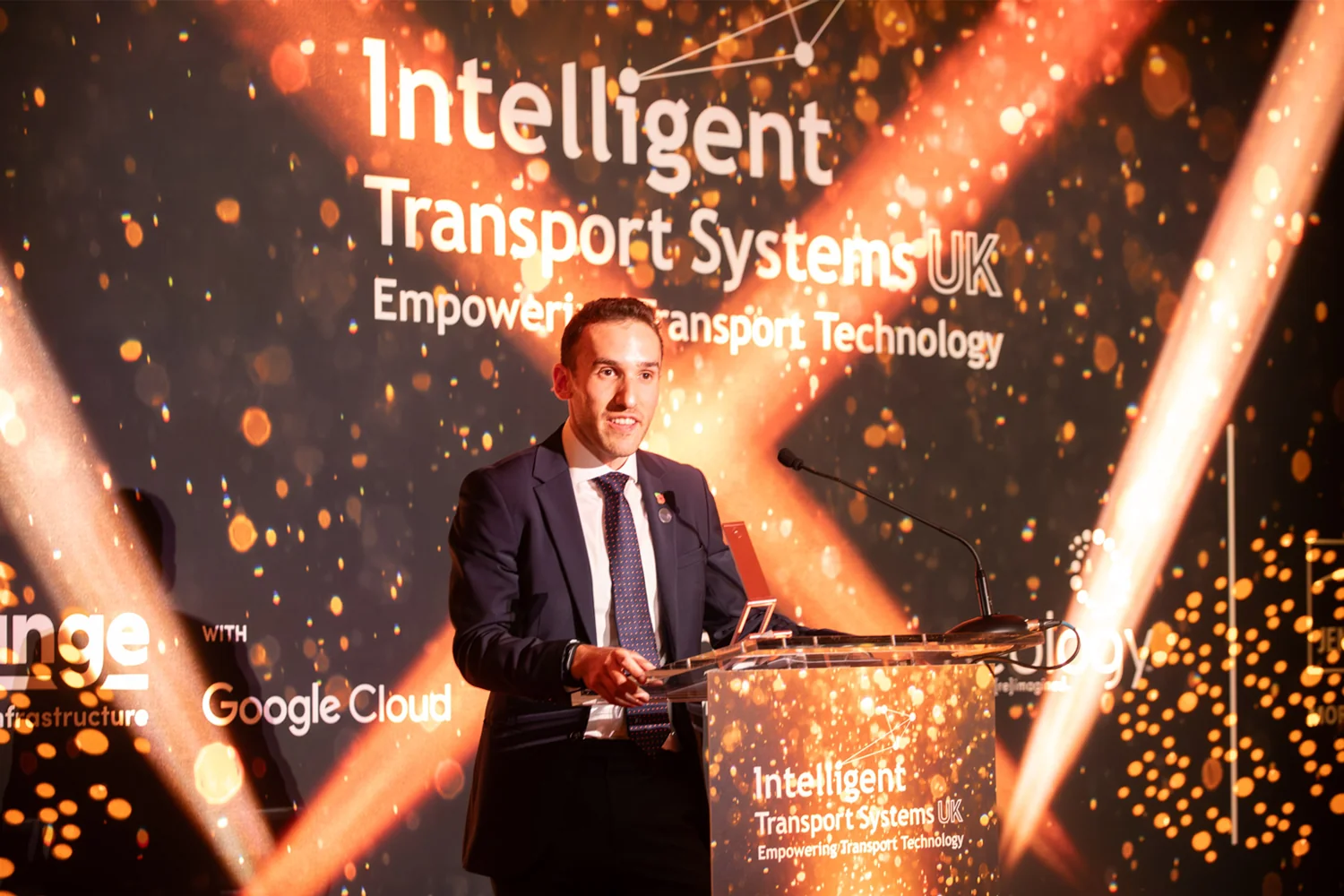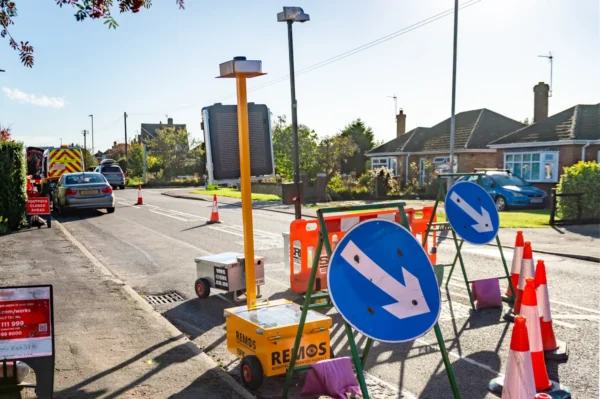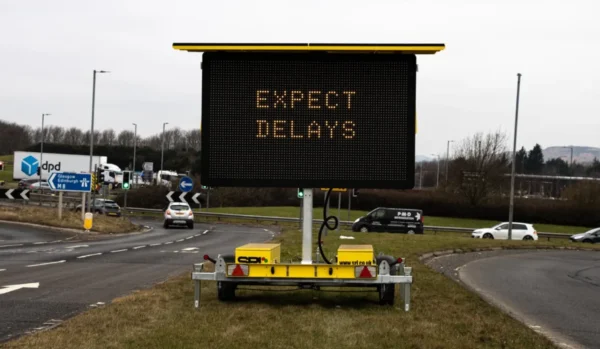An Introduction to ITS UK
For those that don’t know much about ITS UK, can you tell us a little about the organisation and its primary objectives?
ITS UK is the industry association for transport technology. We’re a membership body, so have around 175 organisations that participate and support us. Ultimately, we’re here to make sure the sector is able to grow and thrive. That means representing the industry’s interests to Government and policy makers, providing networking opportunities for members to meet with clients and partners, providing intelligence and market support and working on areas like skills and DEI, to ensure the industry has what it needs to succeed in the future.
Our membership is broad in its scope, but that is really the strength of our organisation. We have some fascinating discussions looking at different applications of transport tech – from connected and automated mobility to traffic management and enforcement, to smart ticketing, data analytics and much more.
The ITS sector is striving to improve roadworker safety, for example via the development of solutions that can be remotely operated. How can other highways stakeholders such as SRL and other traffic management organisations help to protect staff?
The benefit from new technology is that it is allowing us to automate processes, and provide remote monitoring on-site, meaning we no longer need to have workers going to the roadside. That has huge benefits, in terms of efficiency, cost and carbon – but perhaps most importantly, it means we can improve the safety of staff by not putting them in potentially harmful locations. I think SRL’s REMOS™ is a great example of that and shows how the industry is continuing to innovate and develop new solutions. And, by using technology to improve remote operations, we can make the sector a more attractive place to work for those that may not previously have considered highways.
How do you think new technologies can be better leveraged to make a faster, more sizeable impact to the sector?
There is always more we can do! I think part of answer is increasing awareness of what’s out there – and that’s a role that ITS UK certainly supports by bringing the industry together. But there are in some cases, other hurdles to the uptake of new technology. In particular, funding is tight for local authorities at the moment which means they often understandably are focusing on the day-to-day issues and don’t necessarily have the resources to look at new tech.
We often also hear about issues around limits on operational expenditure, versus capital expenditure. This can mean local authorities often pick a solution which requires less operational expenditure rather than a smarter option that may require additional operational expenditure, but which can end up being more cost-effective in the long run.
Sustainable Highway Solutions
The UK media often appears to give the impression that the entire highways industry is the enemy of environmental sustainability. From an ITS perspective, do you think that that impression is fair?
No, I don’t. Firstly, the highways sector is increasingly decarbonising through the electrification of the road fleet. There are still challenges here, but I don’t think anyone denies that in the long term our road network will be far more environmentally sustainable.
Secondly, there is the key point that effective and smart traffic management supports sustainability, by reducing congestion and waiting times. With traffic systems getting smarter and smarter, there is now even more that highway authorities can do to ensure traffic flows are optimised to reduce carbon.
And finally, its always important to state that our road are not just for cars. Buses, bikes and pedestrians also use our road network, and traffic management is as essential to them as it is to motorists. Effective traffic management can also mean working to ensure public transport and active travel are supported too.
Frequent staff shortages are another core challenge that characterise the UK traffic management sector. While ITS companies are helping to minimise the impact of these, for example by creating solutions allowing a single person to remotely manage several sites, what more could the wider industry and the government be doing to address the issue?
This is a major issue, exacerbated by the fact a significant proportion of the current workforce are in the later stages of their career and may retire in the coming years.
We all need to play our part in this. The Government does have training and skills initiatives in the highways sector, but it is also for bodies like ITS UK to promote the industry and the jobs it provides. When you speak to those in the sector, they often will tell you how varied, interesting and rewarding their work is, but they also often say that they ‘fell into’ the industry and never planned to be in highways when they were younger. By promoting what the sector does – and showing it is innovative, exciting and provides long term opportunities – I think we can all help!
In your opinion, what is the single best decision that Heidi Alexander could make this year in her capacity as the new secretary of state for transport?
It’s difficult to pick just one! In terms of the traffic management sector, I think giving local authorities long term funding settlements would be hugely helpful in supporting them to take up new technology. We’re also expecting the Government to announce their Comprehensive Spending Review this year, and to publish the next funding settlement for National Highways, RIS3. Both will be hugely helpful in giving the sector some certainty of the future, but we would also clearly like to see a focus on transport technology in both of these documents.
The Future of Intelligent Transport Systems
What’s in the plan for ITS UK for 2025 and beyond? What do you hope to achieve?
We have some really exciting plans for the upcoming year. It’d be too much to name everything, but some of the key highlights for me are:
• Economic study of the sector:
This year we’re launching a study of the ITS industry to be conducted by Capital Economics. Given the diversity of the products and services of the sector, it’s been difficult in the past to put a number on the economic value it provides, but this study will provide us with some robust figures that show just how valuable the transport technology sector is to the UK economy.
• Our programme of Forums and events: Last year we held some 50 events, including many through our Forum Programme. Our Forums are the main groups where we discuss key issues for the sector – we have 15 covering all different topics. We also hold strategic events, including our Annual Conference at Interchange on 4 March, the Big ITS Conversation on 3 April, our Parliamentary Reception on 17 June and our President’s Dinner in November. Do have a look at our website, as these events are great opportunities to engage with key decision makers.
• Support for the sector: Last year, we introduced market support for the sector, with a tender and competitions monitoring service on our website, and monthly ‘Bid Support Tuesdays’ held with our two resident bid experts, Pippa Birch and Phil Seymour. We’re continuing those this year, but also have introduced policy and political monitoring too, and are looking at how we can support the UK sector to export more abroad, through internationally focused opportunities. The aim is for ITS UK to be the ‘go-to’ resource for everything you need to succeed in the sector!
Learn More…
To find out more about ITS UK, click here.
To learn more about REMOS™, click here.

REMOS™ | Remotely Operated Signals
Designed to transform the way we manage temporary traffic works’, REMOS™ introduces a new era where temporary traffic signals are controlled remotely, eliminating the need for onsite operatives, enhancing safety and reducing carbon emissions.
Learn more: REMOS™



